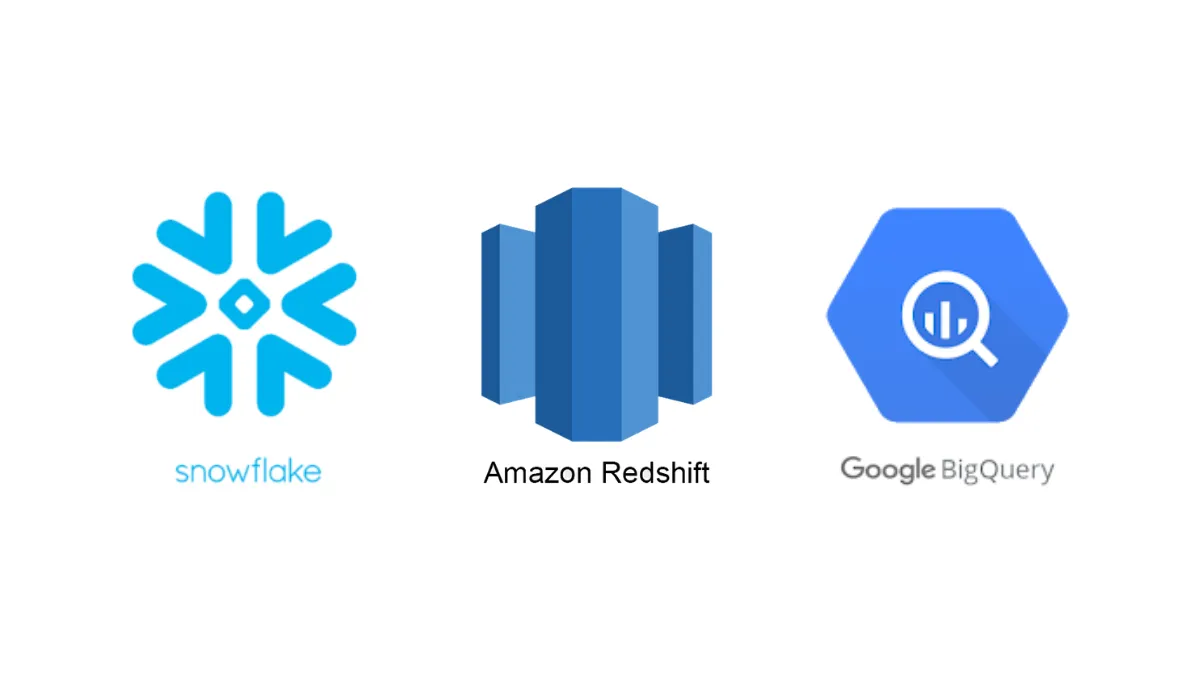What Is Software Composition Analysis (SCA)?
Software Composition Analysis (SCA) is a technology used to identify and manage open-source software components within a codebase. It provides visibility into the software supply chain, enabling development teams to understand what components are in use, where they are used, and whether they pose any potential risks.
SCA tools work by scanning the codebase and creating a bill of materials (BOM) that lists all the open-source components, their versions, and their dependencies. This information is crucial in managing software risk since it helps identify vulnerabilities, licensing issues, and outdated components.
Essentially, SCA watches over your codebase and ensures all components are secure, up-to-date, and compliant with licensing requirements. It's an essential tool for any organization that wants to safeguard its software and cloud environments against potential threats.
The Role of SCA in Cloud Security
Cloud technology has revolutionized the way businesses operate, providing scalable, flexible, and cost-effective solutions for a wide range of applications. However, the cloud also presents new security challenges. One of these is the increased risk associated with using open-source components. These components, while valuable for their flexibility and cost-effectiveness, can also introduce vulnerabilities into the cloud environment.
This is where SCA plays a vital role. By providing visibility into the open-source components used in cloud applications, SCA enables organizations to manage these risks effectively. It allows them to identify vulnerabilities, ensure license compliance, and stay on top of updates and patches.
Furthermore, SCA can help organizations meet regulatory requirements for cloud security. Regulations such as the General Data Protection Regulation (GDPR) and the California Consumer Privacy Act (CCPA) require businesses to implement robust security measures to protect customer data. With its ability to identify and manage software risks, SCA can be a valuable tool in achieving compliance with these regulations.
Key Features of Effective SCA Tools
SCA tools can vary greatly in terms of their features and capabilities. However, there are a few key features that effective SCA tools should have.
Automated Detection of Open-Source Components and Dependencies
One of the primary tasks of an SCA tool is to identify the open-source components used in a codebase. This should be done automatically and accurately, as manual detection can be time-consuming and prone to errors.
Moreover, an effective SCA tool should also be able to detect the dependencies of these components. Dependencies are other components that a component relies on to function correctly. Identifying these dependencies is crucial since they can also introduce vulnerabilities into the software.
Vulnerability Identification Based on Comprehensive Databases
Another key feature of an effective SCA tool is the ability to identify vulnerabilities. This should be based on comprehensive databases and advisories, which provide information on known vulnerabilities in open-source components.
These databases and advisories are continuously updated with new vulnerability information, ensuring that the SCA tool can detect even the latest threats. By scanning the codebase against these databases, the SCA tool can alert development teams to any potential vulnerabilities, allowing them to take immediate action.
License Compliance Management
Open-source components come with licenses that specify how they can be used. Some of these licenses have strict requirements and failing to comply with them can lead to legal issues.
An effective SCA tool should provide license compliance management capabilities. It should be able to identify the licenses associated with each component and alert the team to any potential compliance issues. This can help avoid legal complications and ensure that the use of open-source components is in line with their licensing terms.
Remediation Guidance and Prioritization
Once vulnerabilities are detected, it's important to address them promptly to prevent potential attacks. However, with potentially hundreds of vulnerabilities to deal with, knowing where to start can be a challenge.
This is why an effective SCA tool should provide remediation guidance and prioritization. It should be able to rank vulnerabilities based on their severity, helping teams focus on the most critical issues first. Additionally, it should provide guidance on how to remediate these vulnerabilities, making the remediation process more efficient.
Best Practices for Integrating SCA into Cloud Security Strategies
Regularly Scan Applications Throughout the Development Process
The most common mistake organizations make is to only scan their applications at the deployment stage. While this might seem sufficient, it overlooks potential vulnerabilities that could have been identified and mitigated earlier in the software development lifecycle.
In the context of cloud security, this is even more critical. The cloud environment is dynamic, with constant updates and changes. Therefore, it is essential to regularly scan applications throughout the development process to identify any vulnerabilities or security risks as early as possible. This approach allows developers to address issues in real-time, reducing the potential for damage in later stages of development or post-deployment.
Moreover, continuous scanning enables developers to be proactive rather than reactive. Instead of waiting for an issue to appear, they can identify and address it ahead of time. This not only ensures a more robust security posture but also saves time and resources in the long run.
Focus on the Most Critical Issues First
Just as important as identifying vulnerabilities is understanding which ones pose the greatest risk. Not all vulnerabilities are created equal. Some might pose a minor risk, while others could potentially lead to significant data breaches or system shutdowns. Therefore, it is crucial to prioritize vulnerabilities based on risk assessments.
Risk assessment involves evaluating the potential impact of each vulnerability and the likelihood of it being exploited. Factors to consider include the type of data at risk, the potential effect on your organization's reputation, and the cost of remediation. This approach ensures that resources are allocated effectively, with the most critical issues being addressed first.
By integrating this approach into your Software Composition Analysis, you can ensure that your cloud security strategy is not only comprehensive but also focused. This will enable you to manage your resources more effectively and ensure that your cloud environment is as secure as possible.
Educating Development Teams about Open-Source Security
Education is a crucial aspect of any security strategy. No tool or process can be fully effective unless the people using them understand their importance and how to use them correctly. This is particularly true when it comes to Software Composition Analysis.
Most developers understand the benefits of using open-source components --- they can accelerate development processes and reduce costs. However, they may not fully understand the security risks associated with these components. Therefore, it is essential to educate your development teams about the importance of security in using open-source software.
This education should cover the basics of Software Composition Analysis, the risks associated with using open-source components, and the steps they can take to mitigate these risks. This understanding will enable them to make informed decisions about the open-source components they choose to use and how they use them.
In conclusion, Software Composition Analysis is a critical aspect of cloud security. By integrating SCA into your cloud security strategies, you can ensure that your cloud environment is protected against the latest threats. However, successful integration requires regular scanning, risk-based prioritization, up-to-date tools, and educated development teams.





